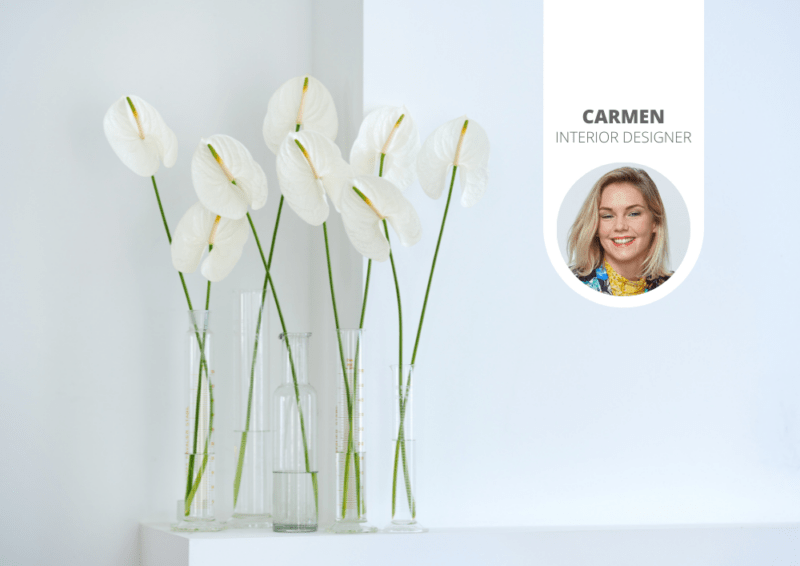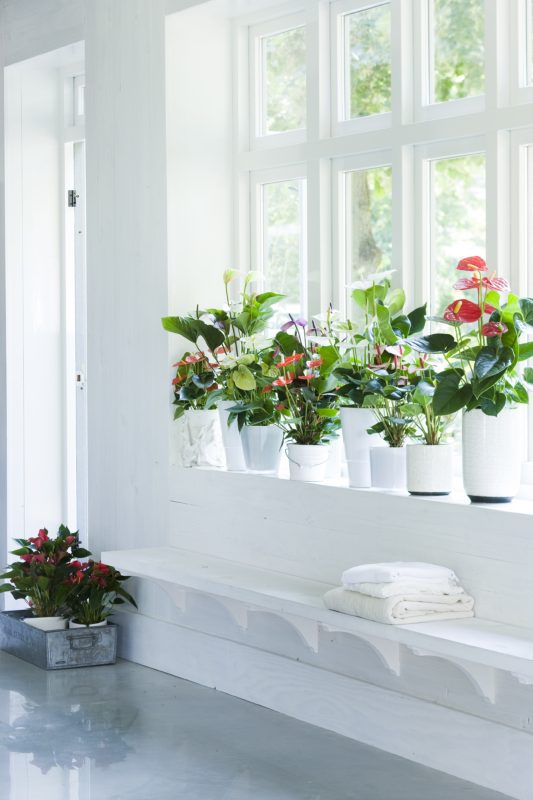This is what leaves can tell you about a plant’s health
Did you know that you can tell a lot about a plant’s health by looking at its leaves? For example, they can turn yellow, get brown edges, and go drooping or curling. And everything reflects another need. Curious about what leaves can tell you about a plant’s health? Read all about it in this article!
This is what leaves can tell you about a plant’s health
Yellow leaves
Are the leaves of your anthurium turning yellow? The most likely cause is excessive light, so move the plant to a spot with indirect sunlight. This is a place where the plant is close to a window, but not hard in bright sunlight.
Also read: Explained: the difference between direct and indirect sunlight
Brown leaves
The most common cause of an Anthurium getting brown leaves is under and over-watering. Before watering, it would be best to check the potting compost. If the potting compost feels fairly dry, the Anthurium could use a splash of water; if the potting compost feels moist, this can wait another week.

Drooping leaves
If the leaves of your Anthurium are drooping, you have probably watered it too little. Feel the potting soil with your finger. Does it feel dry? Then water your plant immediately. And do this a little more often in the future! In most cases, the leaves will quickly revive.
Also read: What to do with an Anthurium with drooping leaves?
Curling leaves
The most common cause of Anthurium leaves curling is a lack of water. Do you often forget to water your plant? Then place about 6 ice cubes on the potting soil every week. This way, you know that your plant is getting enough water.

Anthurium plant care
Faded flowers and yellow leaves can safely be trimmed away since the Anthurium will simply produce new flowers. In general, the Anthurium plant should be watered twice a week in the summer, and once a week in the winter. Does the potting soil feel wet? Then skip one or more waterings until the soil feels drier.



